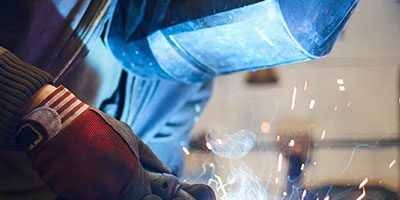What are the Differences Between MIG Welding and Stick Welding?
Choosing welding repairs for parts becomes easier when you know the difference between MIG welding and stick welding. By knowing the differences between these two common welding techniques, you learn which best helps specific parts for repairs. Depending on thickness, materials and more, there are situations where the best choice comes down to either MIG or stick welding.
Elite Welding & Fabrication works with most types of metals, but we also have the know-how to use the best welding service for the job. Our extensive experience working in the welding repair industry means you always get the best visually-appealing repair.
MIG welding applications
Many of the differences between MIG welding and stick welding come from their abilities to weld specific materials better than others. Thinner materials that are free of contaminants like rust benefit most from MIG welding. Stick welding, on the other hand, works on a rusty or unclean surface without issue. So, this makes it a very versatile option.
Differences in appearance
MIG welding works on high temperatures directly onto the surface being welded. That means you can expect a more even appearance. This creates a more visually appealing appearance that requires less work to sand down or clean. Stick welding, although easier to apply to surfaces despite rust, has a less clean initial appearance. Molten splatter occurs with stick welding. So, in order to maintain a clean appearance, cleanup becomes necessary.
Despite the differences that these two techniques have, there is no one option that is “better” than another when it comes to welding. Depending on the materials being used, the location where the weld is happening, and more, there are a variety of factors to consider that make one welding technique a better choice than others.
With the experience and capabilities offered by Elite Welding & Fabrication, your workplace gets the welding it needs, where and when it’s needed. Simply reach out today to start on the process toward quality welding repair!









